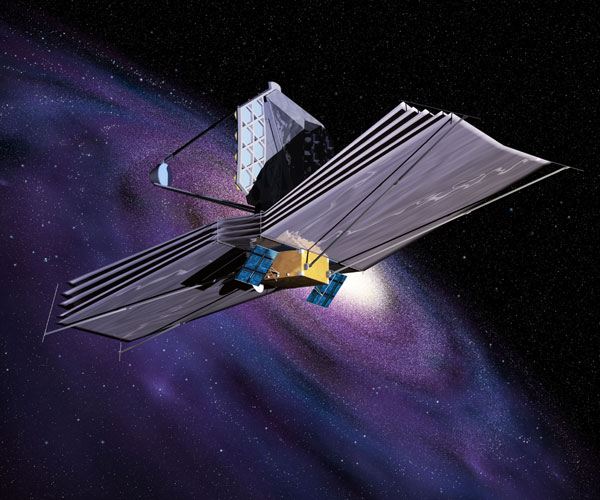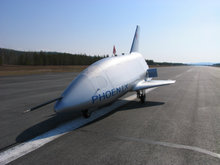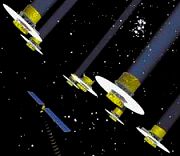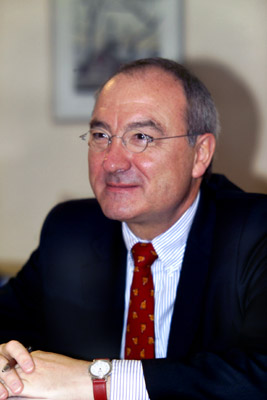
The European Space Agency (ESA) was established in 1975. It is an organization dedicated to exploration of space with 17 member states at the current time. Headquartered in Paris, France, theESA has ambitious goals and missions (see below). ESA’s member countries include Austria, Belgium, Denmark, Finland, France, Germany, Greece, Ireland, Italy, Luxembourg, The Netherlands, Norway, Portugal, Spain, Sweden, Switzerland & the United Kingdom
The ESA is headed by a Director General who is elected by the Council every four years. Currently the Jean-Jacques Dordain is serving a 4-year period from June 30 2003 to June of 2007. Mr Jean-Jacques Dordain, a Frenchman born on 14 April 1946, obtained an engineering degree from the Ecole Centrale in 1968. Before joining ESA in 1986 he held several positions at the Office National d'Etudes et de Recherches AÈrospatiales (ONERA). From 1970 to 1976 he was a researcher in the field of propulsion and launch vehicles, then from 1976 to 1986 he served as coordinator of space activities. Finally from 1983 to 1986, he served as Director of Fundamental Physics. In 1977 he was selected by CNES to be among the first French astronaut candidates. When he joined ESA in May 1986, he was appointed Head of the newly created Space Station and Platforms Promotion and Utilisation Department. He then became Head of the Microgravity and Columbus Utilisation Department, managing about 80 staff and overseeing numerous industrial activities. In 1993 he was appointed Associate Director for Strategy, Planning and International Policy. In May 1999 he was appointed Director of the newly created Directorate of Strategy and Technical Assessment and on 15 February 2001 he took up the post of Director of Launchers. Jean-Jacques Dordain is a member of the International Academy of Astronautics and the AcadÈmie des Technologies. He has also held professorships at the Ecole Polytechnique and the Ecole Nationale SupÈrieure des Techniques AvancÈes.
Current projects already launched
|
Current projects to be launched in the near future
- ADM-Aeolus — Due for launch in 2007 will measure global wind profiles
- BepiColombo space probe to Mercury
- Chandrayaan-1 Indian space probe to the Moon that will carry ESA-made instruments (to be launched 2007)
- Corot — a space telescope for detecting rocky exoplanets larger than Earth. A project led by CNES
- CryoSat — a three-year radar altimetry mission to determine variations in the thickness of the Earth’s continental ice sheets and marine ice cover. In October 2005 the launcher failed and CyroSat was lost. ESA is evaluating the cost of rebuilding the lost satellite, and, if funds are available, it may be able to launch it in about 3 years time.
- Galileo positioning system a proposed satellite positioning system
- Gaia probe space telescope to make a 3-D chart of the galaxy
- Herschel Space Observatory a space telescope that will be launched together with Planck Surveyor in 2007
- KEO The ESA is sponsoring the KEO satellite, which will carry messages addressed to future inhabitants of the planet Earth (a time capsule expected to return in the year 52006).
- LISA Pathfinder (aka Smart-2)
|
Future projects
|
|
Darwin "InfraRed Space Interferometer”
Darwin will use a flotilla of three space telescopes and a fourth spacecraft to serve as a communications hub. The telescopes will operate together to scan the nearby Universe, looking for signs of life on Earth-like planets. This challenge will require a number of technological innovations before the mission launches in the middle of the next decade.
Aims:
Characterize planetary systems orbiting nearby stars
Search for signs of life on any Earth-like planets found
Perform general astrophysics

|
 Director General Jean-Jacques Dordain
Director General Jean-Jacques Dordain  Humor found here.
Humor found here. 

